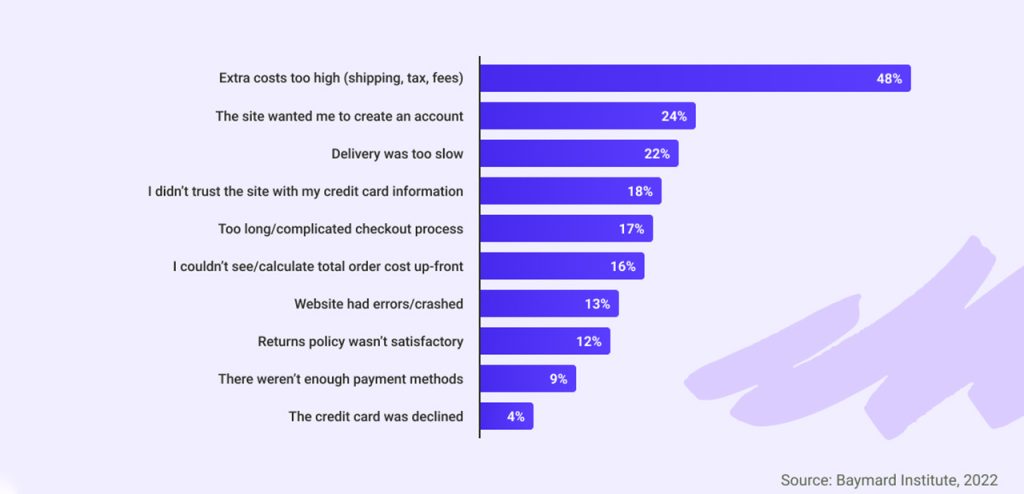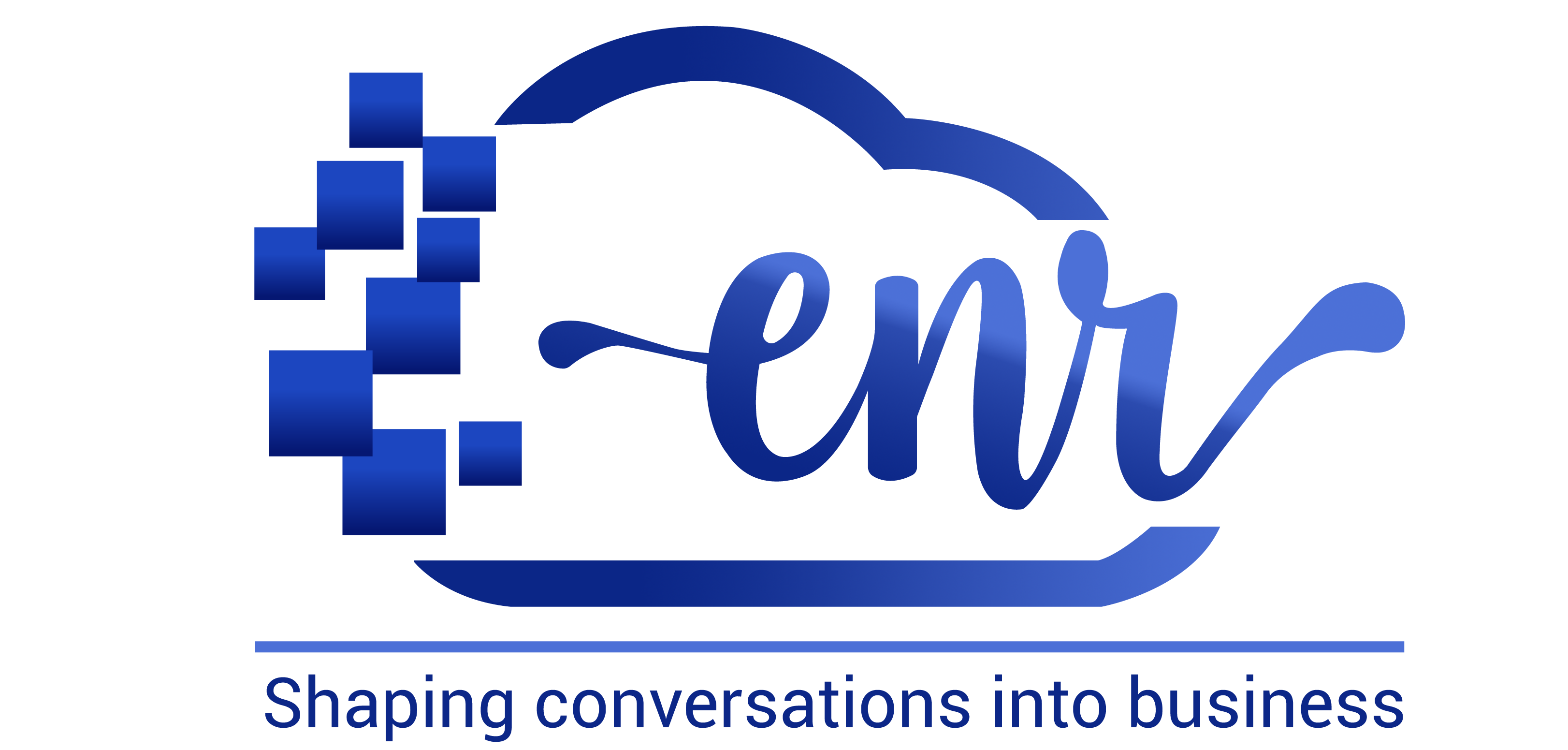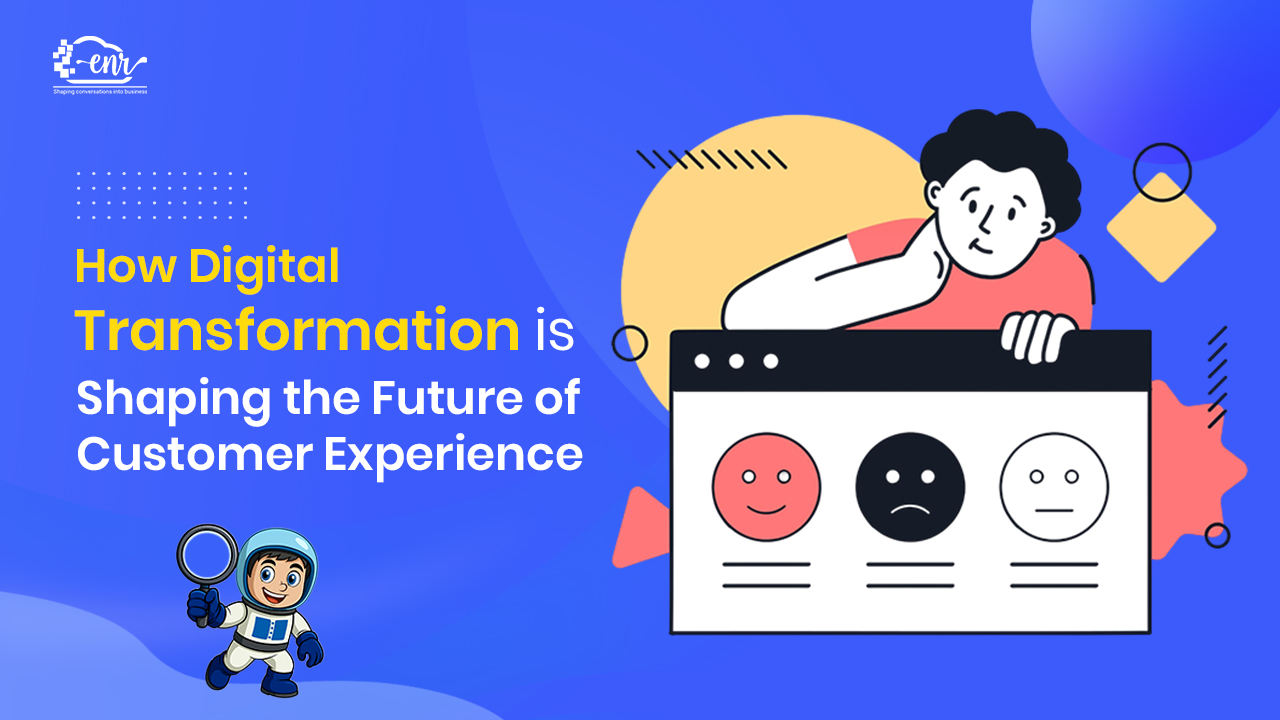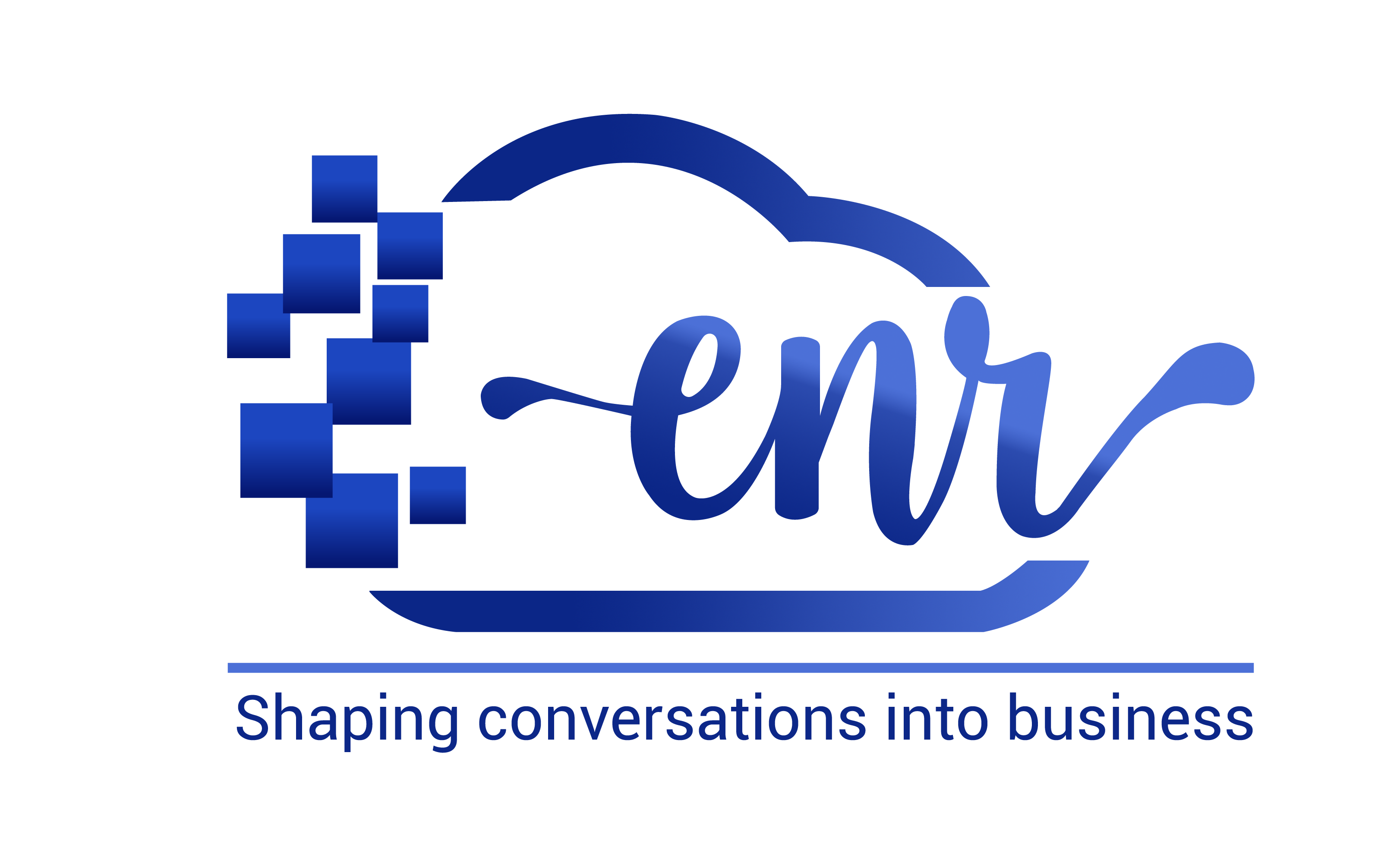Personalization plays an important role in reducing the cart abandonment rate. Cart abandonment is a well-known challenge for any e-commerce business.
A typical scenario is when a customer adds the product to the cart, moves to the checkout page and then leaves without making the purchase. It is something that happens far too more often than you would think: studies show that the average cart abandonment rate is as high as 70%, meaning that 7 out of 10 shoppers actually leave without purchasing anything.
This basically begs the question: What makes them leave and How would you try to convince them? The answer lies in Personalization. Treating customers as individuals and not as numbers can make all the difference. Personalized strategies can nudge your users into reconsidering their decision before leaving.
Read on to understand the overview of what causes cart abandonment, how personalization can reduce it, and useful ways to incorporate personalization into your cart abandonment strategy.
Table of Contents
ToggleWhat is the Cart Abandonment Rate?
The cart abandonment rate is the percentage of people who leave your app or website after adding a product to their cart but before completing the purchase.
Why do people abandon their carts? The reason could be many., A phone call or email is a distraction, better deals at competitors, second thoughts of waiting for a discount or promotion, complicated checkout and more.
Whatever the reason is personalization can help you tackle cart abandonment by making your customers feel seen and valued, giving them that extra nudge to complete their purchase.
Read Blog: Average Order Value: Effective ways to increase it!
How Personalization Reduces Cart Abandonment

Personalization is about treating your customer like a friend. It can be thought of as a digital version of a shopkeeper who remembers your name, knows your choices and gives tailored recommendations.
Here is how personalization reduces cart abandonment:
Timely Nudges
Personalized reminders help the customer to get back immediately after distraction.
For example, A casually written reminder email would read “Hey, {FirstName}, did you forget something? Your items are still waiting for you!”, Feels more human and engaging than the generic message.
Relevant Offers
Offering a personalized discount or free shipping at the right moment could push customers to take the final step of their purchase.
For example, “Alisha, we noticed you love these sneakers – here are 10 per cent off to make them yours today!”
Checkout Experience
Pre-filling forms with the customer’s information, showing their preferred payment method, and simplifying the checkout process based on their past behavior can make it quicker and easier to buy.
Platform-Specific Messages
Nudges may be fired across multiple platforms: Email, SMS, push notifications, or even social media ads. For example, if someone leaves your app, a push notification reading, “Still thinking about that dress? It is waiting for you!” may draw them back in.
Trust-Building Communication
Personalized messages that are empathetic and understanding will make the customer feel valued, as well as heard, by playing a huge role in building trust and overcoming hesitation.
Causes of Cart Abandonment and How Personalization Helps

Distractions
Why it Happens: A phone call, email, or notification pulls the shopper away.
Personalization Fix: Send a reminder email or push notification like: “Hey, we know things get busy! Your items are still in your cart — finish checking out when you’re ready.”
Competitor Check
Why it Happens: Customers want to compare prices or find a better deal.
Personalization Fix: Offer a time-limited discount or tell them about other unique benefits: “Alisha, these jeans are flying off the shelves! Grab them now with 10% off before they’re gone!”
Unexpected Costs
Why it Happens: Extra fees like shipping or taxes surprise the customer.
Personalization Fix: Offer free shipping for their first order: “We’ve got you covered, Alisha! Free shipping just for you on this order.”
Complicated Checkout
Why it Happens: The checkout process is too long or confusing.
Personalization Fix: Simplify with pre-filled forms and saved preferences: “We’ve made checkout easy, Alisha — your details are ready to go!”
Personalization Strategies to Minimize Cart Abandonment
Abandoned Cart Emails
Personalized emails can remind customers of what they left behind.
Example:
Subject Line: “Alisha, your cart misses you!”
Body: “It looks like you left these items behind. Don’t worry — they’re still waiting for you. Complete your order now and enjoy 10% off your purchase!”
Push Notifications
Push notifications are great for mobile users who leave your app.
Example: “Alisha, your favorite shoes are still in your cart. Complete your purchase before they sell out!”
SMS Reminders
For a more immediate nudge, SMS can work wonders.
Example: “Hey, Alisha! You left some great picks in your cart. Here’s 15% off if you check out within the next hour!”
Retargeting Ads
Personalized ads on social media or websites can bring shoppers back.
Example: Show the exact item they abandoned with a caption like, “Don’t let these slip away, Alisha!”
Final Thoughts
Cart abandonment is frustrating, but it doesn’t have to mean lost sales. By using personalization, you can connect with your customers on a human level, gently nudge them back, and increase your chances of closing the sale. Whether it’s a personalized email, a push notification, or a retargeting ad, small touches that show you care can make a big difference.
In today’s competitive market, customers expect brands to understand their needs. Personalization is not just a nice-to-have — it’s a must-have strategy for reducing cart abandonment rates and driving more sales. So, treat your customers like friends, make their journey seamless, and watch your revenue grow.
Read Also: 8 Common Mistake Marketing Automation to Avoid
Written By – Alisha Limichana
Alisha Limichana is a seasoned growth marketer and part of the MCG team at EnR Cloud, specializing in driving business growth through innovative strategies. She has a proven track record of delivering impactful marketing campaigns. Outside of work, Alisha enjoys exploring the mountains, travelling, and staying active and fit.





